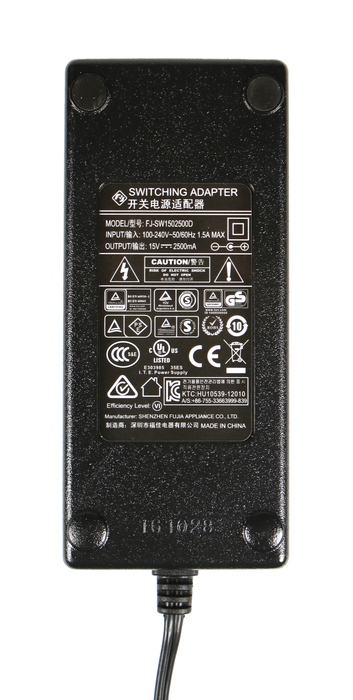
And about twelve seconds after one was listed a few weeks ago, I got it. Which only makes sense as they’re made of things like real metal and weigh a ton. They would show up on Ebay from time to time, usually for a couple of hundred dollars but always with outrageously high shipping. Although the K2000 series and beyond are firmly established as classic high-end high-power machines, the K1000 series faded quickly. As I recall I sold at least two other complete systems, and each time the K1000 was carefully and thoroughly tested for as long as I could possibly justify it.įlash forward to, well, now. Loved the keyboard action, loved the look, and loved the sounds. If I could never actually own one, at least I could visit with it for a while.Īnd visit I did – I loved it. Given a (literal) blank check, I went to Sam Ash in Edison and picked out the Kurzweil K1000 as a controller. The customer wanted a really good keyboard – he didn’t like the dinky piano we were using (well, neither did I). I did cheat, a little – in addition to the computer, I also had a Casio CZ-101 doing the guitar parts. Those were the days…they sold a $3500 computer with a $500 sound card, based on my dubious selling skills and a badly programmed version of the Miami Vice theme.


So when they finally had someone who was interested in purchasing a complete setup, naturally they had me do the demo.

Since I’ve been interested in electronic music forever, and since no one else in the store had a clue what to do with it, I talked the owner into letting me take the system home occasionally. They had actually had a system set up with the Music Feature, a Yamaha YPR-9 piano, and whatever the heck the software was that ran the card (I know it WASN’T Play/Rec beyond that I don’t have a clue). Around this time I was working as a hardware tech in a computer store in New Jersey.

Retailing for about $495, it was essentially Yamaha’s 4-operator FB-01 FM synthesizer on a card, coupled with a MIDI interface. In 1987 when IBM introduced their new PS/2 computer lineup, mixed in with all the fancy new machines was a nondescript add-on card called the IBM PC Music Feature.


 0 kommentar(er)
0 kommentar(er)
